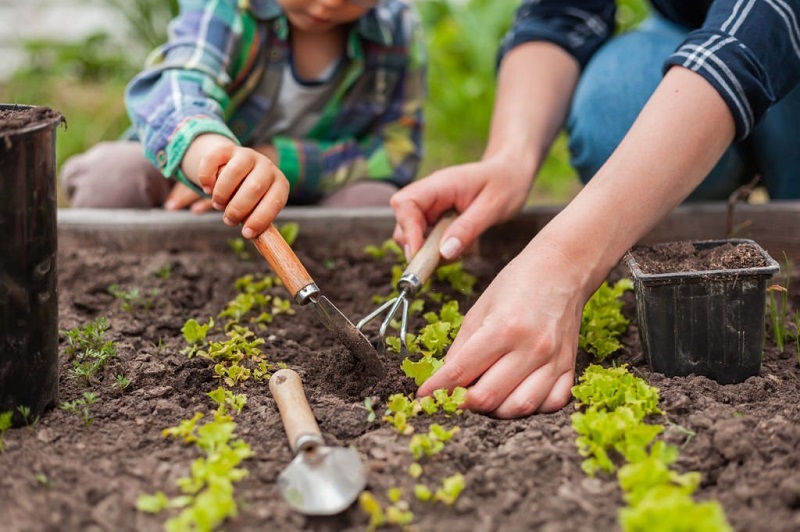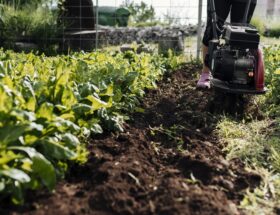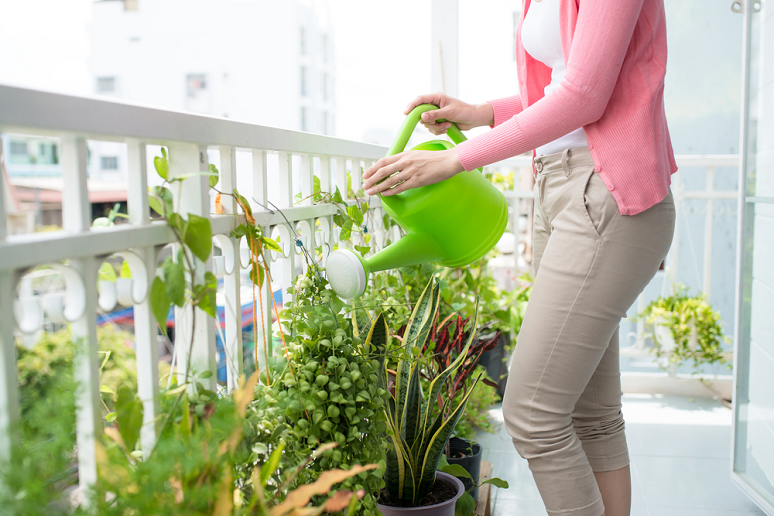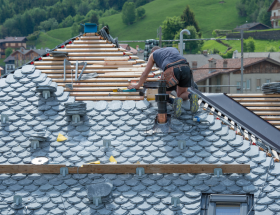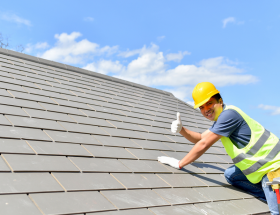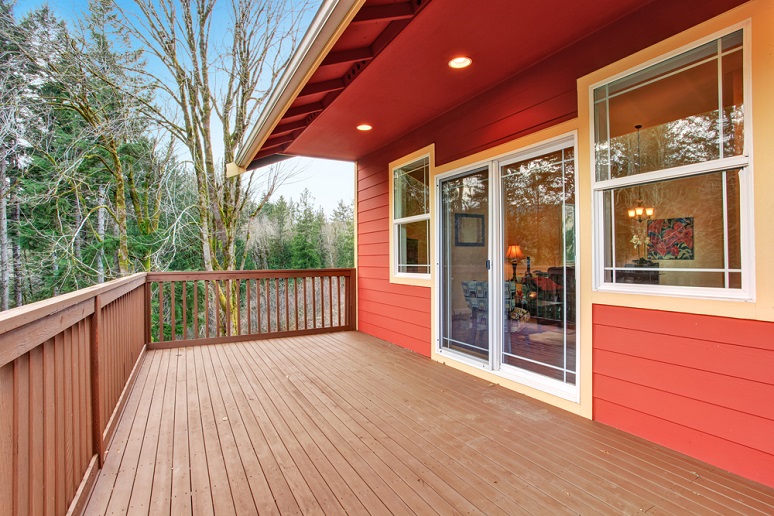The topic of soil may not be one of the most exciting, but it’s of great importance for your vegetables’ healthy growth. Plants grown in containers have different needs than those grown directly into the ground, which is why potting soils were invented. However, not all potting mediums are created equal, and, just like in nature, different plants require different soils. There’s a wide range of potting mixes with different formulations to answer those needs, and knowing which is the best for your vegetables will help them perform best and give you abundant produce.
To help you gain knowledge on the matter, the experts from Fantastic Gardeners answer the most common FAQs to give your vegetable garden a healthy start.
What’s the difference between potting soil, potting mix, and fertiliser?
The main difference between potting soil and potting mix is that the latter one is sterile, lightweight, fluffy, and contains components that help improve plant aeration and drainage. Potting mix is used to grow both outdoor and indoor potted plants. Because it doesn’t contain soil but, instead, ingredients which help it retain moisture and allow enough air to reach the plant’s roots, it stays loose. Besides that, because potting mixes are sterile, there’s no risk of weeds growing in them.
In contrast, potting soil typically contains garden soil, isn’t sterile, and is relatively heavy compared to the potting mix. It’s mainly used for outdoor garden maintenance. If you decide to grow plants directly into the ground and use potting soil, you’ll need to add certain supplements to improve the soil texture and drainage.
Fertilisers contain chemical compounds which help plants thrive. The 3 main macronutrients found in every fertiliser are nitrogen, phosphorus, and potassium, also known as NPK. Unlike potting soil and potting mix, fertilizers can’t be used independently for growing plants. They’re only plant food which is essential if you want your veggies to grow healthy.
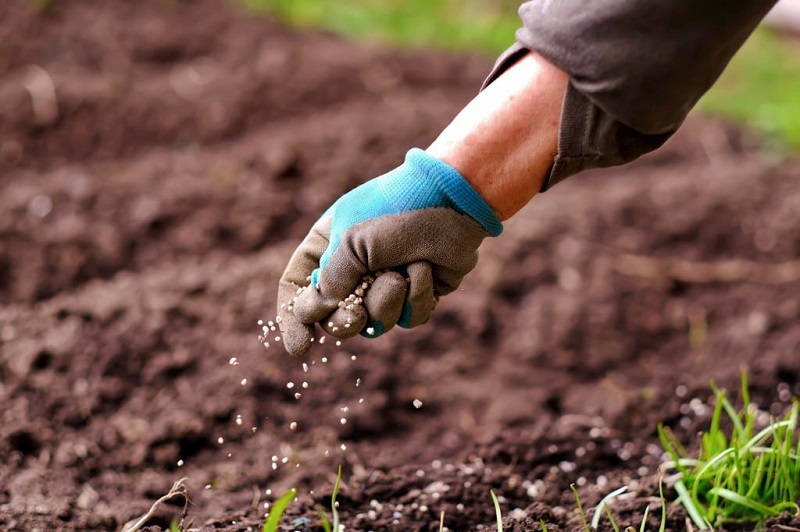
What is garden soil?
Garden soil is usually a blend of soil and non-soil ingredients used to improve garden beds. It’s sometimes added to homemade potting mixes, but it’s generally not recommended for use in containers on its own as it can clump easily and cause root rot and drainage issues.
How do you know which one is the right one for your plants?
The terms potting mix and potting soil are often used interchangeably, but it matters which one you use for your plants. Potting mix is generally safer for plants because it’s sterile and doesn’t contain pathogens, such as fungi or other diseases.
What is a soil add-on?
Soil add-ons strengthen the soil’s structure, help it retain nutrients, water, and air, and protect it from droughts. This can be either compost or topsoil.
Compost aids the potting soil mix by helping it maintain a neutral pH and protect the plants from common diseases.
In contrast, topsoil is soil taken from the top layer of the earth, and its quality can vary widely. Even though it can be used in beds and borders, it’s also used for filling holes and building berms, among other things, where quality isn’t that important. Topsoil is less developed than garden soil and isn’t suitable for container gardening.
How does peat moss play a role in plant health?
Peat moss is highly absorbent, so it retains water much better than most other soil types. This makes it essential for vegetable growth, as veggies love water. Peat moss also provides a sterile environment which is ideal for growing vegetables, as they won’t have to compete for nutrients with weeds.
Can potting soil go bad?
Peat moss and other ingredients in potting soil decompose, which results in clumping and nutrient loss. Besides that, potting soil can become contaminated and develop soil pathogens. It should be replaced at the beginning of each season, and opened bags should be used within 6 months for optimal results. Unopened packs can last from 1 to 2 years after purchase.
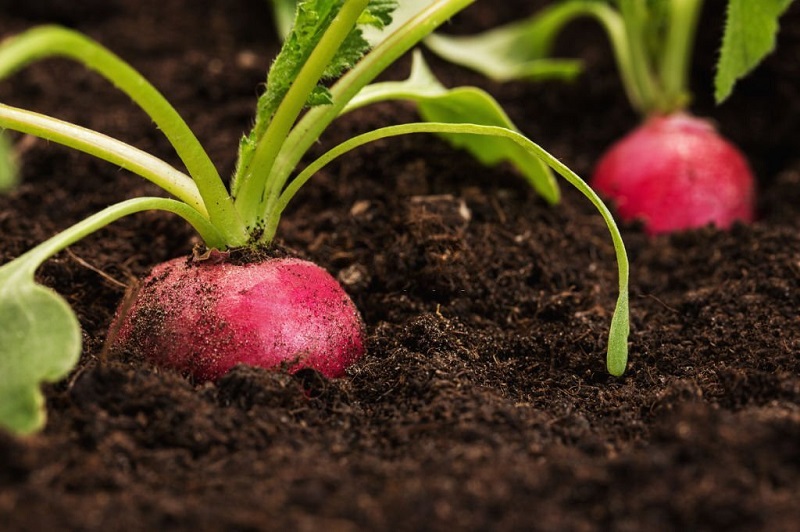
What is the best soil for growing vegetables?
As previously mentioned, nitrogen, phosphorous, and potassium are essential soil nutrients. Nitrogen is necessary for leafy greens, phosphorus is for tubers and root vegetables, and potassium is for fruiting and flowering ones.
There are 4 main soil types: sandy, silty, clay, and loamy. Out of these, loamy is the best for growing vegetables because it promotes growth most. It contains all the nutrients and minerals necessary for plant growth, and you can grow almost all vegetables in it.
However, this doesn’t mean you can’t grow vegetables in other soil types. In this case, you’ll need to do extra work to get the foundation right.
Here are a few tips for improving the quality of your soil.
Clay soil
If you notice dense material, you likely have clay soil. In this case, the colour of your soil will lean towards red or orange. Clay soil is usually hard and heavy when it’s dry and muddy when it’s wet. Luckily, there are ways to fix that:
- Work in 5 to 8 centimetres of organic matter on the soil’s surface.
- Use it in permanent raised beds to ensure proper water filtration.
- Mix it with more garden-friendly types of soil.
- Minimise the spading and tilling.
Shallow root vegetables, such as cabbage, broccoli, beans, and cauliflower, will thrive well in clay soil. Growing root vegetables, like carrots and radishes, can also help additionally till the soil.
Sandy soil
Sandy soil dries and drains quickly and can hardly hold any shape. It’s actually relatively easy to improve it.
To improve sandy soil:
- Add 8 to 10 centimeters of well-rotted organic material, such as compost.
- Add at least 5 centimetres of organic matter annually.
- Mulch, as it helps with moisture retention and helps it keep cool. You can use grass clippings for that.
Leafy greens and root vegetables, such as lettuce, spinach, carrots, potatoes, and even peppers and zucchini, can thrive quite well in sandy soil.
Silty soil
Silty soil is in the middle between clay and sandy soil. It has a powdery, soft texture and is finer than sandy soil.
To make silty soil fit for your vegetables:
- Add organic matter regularly.
- Avoid tilling to prevent excessive soil clumping.
- Add mulch at the beginning and end of each season.
- Reduce the acidic level of the soil by adding lime if it’s too high.
Shallow root vegetables, such as beets, onion, radish, garlic, and herbs, thrive well in silty soil.
Final Words
Growing healthy vegetables that give an abundant harvest starts with good garden soil. It’s common for beginner gardeners to start growing vegetables without knowing what the best soil type is, which often results in disappointment. Naturally, vegetables can’t thrive in every kind of soil and will often need more specific care. However, you can prevent that by knowing your soil types as well as the mixes, fertilisers, and add-ons which can help you improve your vegetable garden.

